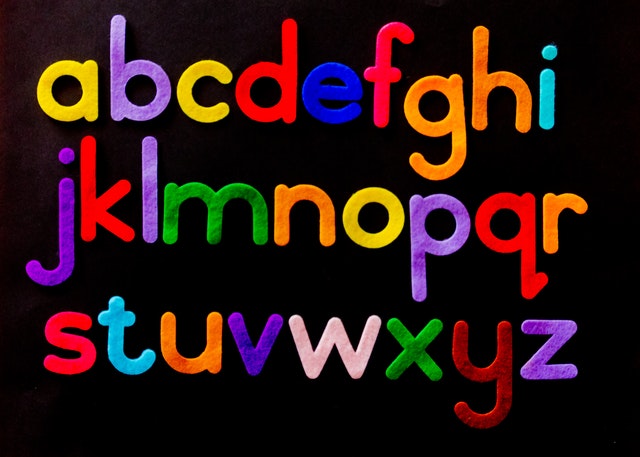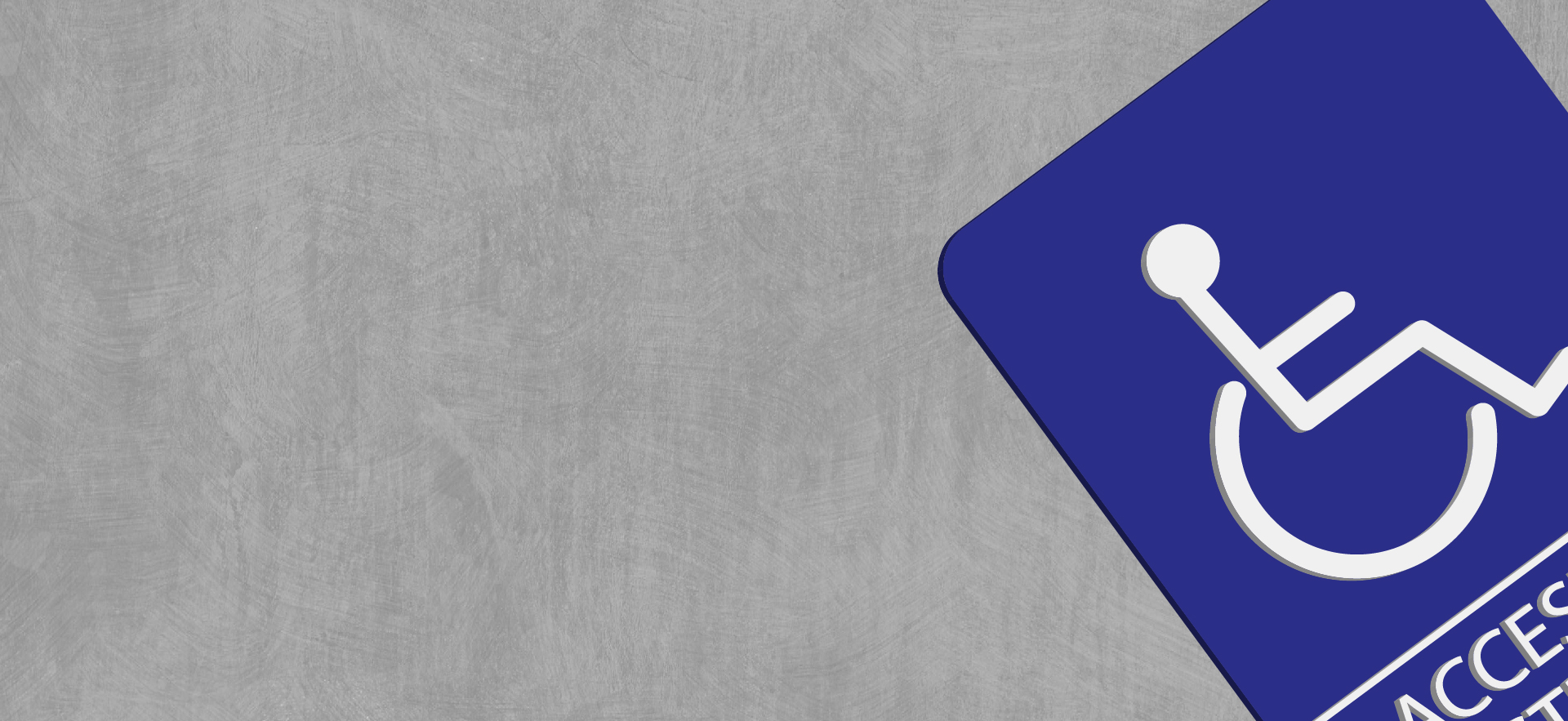Why Choosing The Correct Type For ADA Signs Are Important?
ADA signage is for those who are blind but are so for the disabled community in general. Very similar to wayfinding signage, people need to be able to know what room or nook of a building they are about to enter, and having script font can make reading it very difficult for most. The top things you must consider:

Considerations
- Visibility
- In past blog posts, we discussed the need to ensure that all ADA signage is visible to everyone. This includes font as well. Certain fonts are very appealing, but are they easily read? Those with dyslexia have a difficult time reading certain fonts, so it is best to stick with a sans serif font.
- Professionalism
- . You also need to consider how professional you want your signage to look and feel. Your company is already investing a lot of money into tactile signs, so ensuring that you are choosing a nice font will further assist in that. Staying away from ‘gimmicky’ fonts is a must. Picking a font that is digestible but coincides with your business can help distinguish who you are as a company or brand.

Fonts
With those must-haves out of the way, let’s talk about font types. If you’ve ever messed around with Adobe or Microsoft Word, you know there are tons of fonts out there to choose from. And while they do seem nice, you need to think about the restrictions there are for ADA signs. Ignoring these guidelines can get you fined. Some types that you should stay away from are:
- Script font: It’s pretty, it’s fancy, but it is not readable! From someone who has a background in graphic design, even the prettiest of fonts can be difficult to work with. You have to be aware of the space limitations set for your font placement on signs, and also the braille that will be set underneath It
- Theatrical’ Font: Also known as thematic typefaces, these are for the purpose of creating wonderful graphics to showcase an exhibition or something you want in your portfolio. Again, these will not be readable. Some types are very wide, making it to where you have to squeeze the text closer together in order to fit in that designated text area.
Overall, sticking with Sans serif fonts such as Helvetica or Verdana is great! They are simple, easy to read, and will not get you fined.




0 Comments